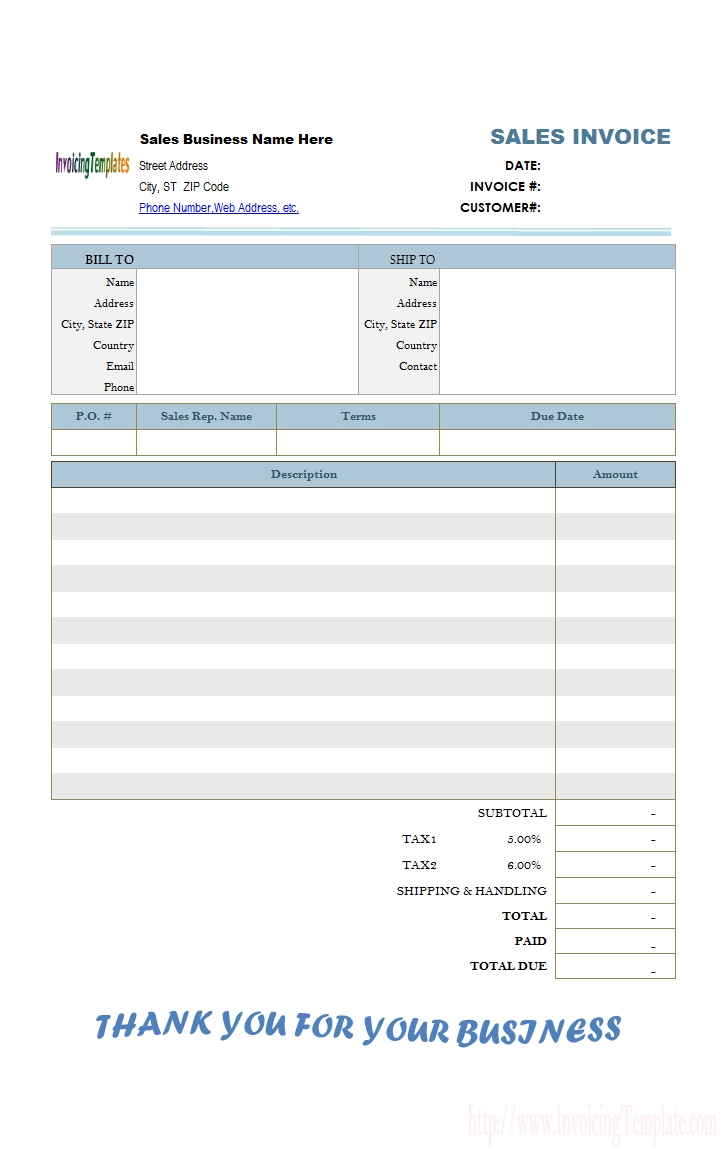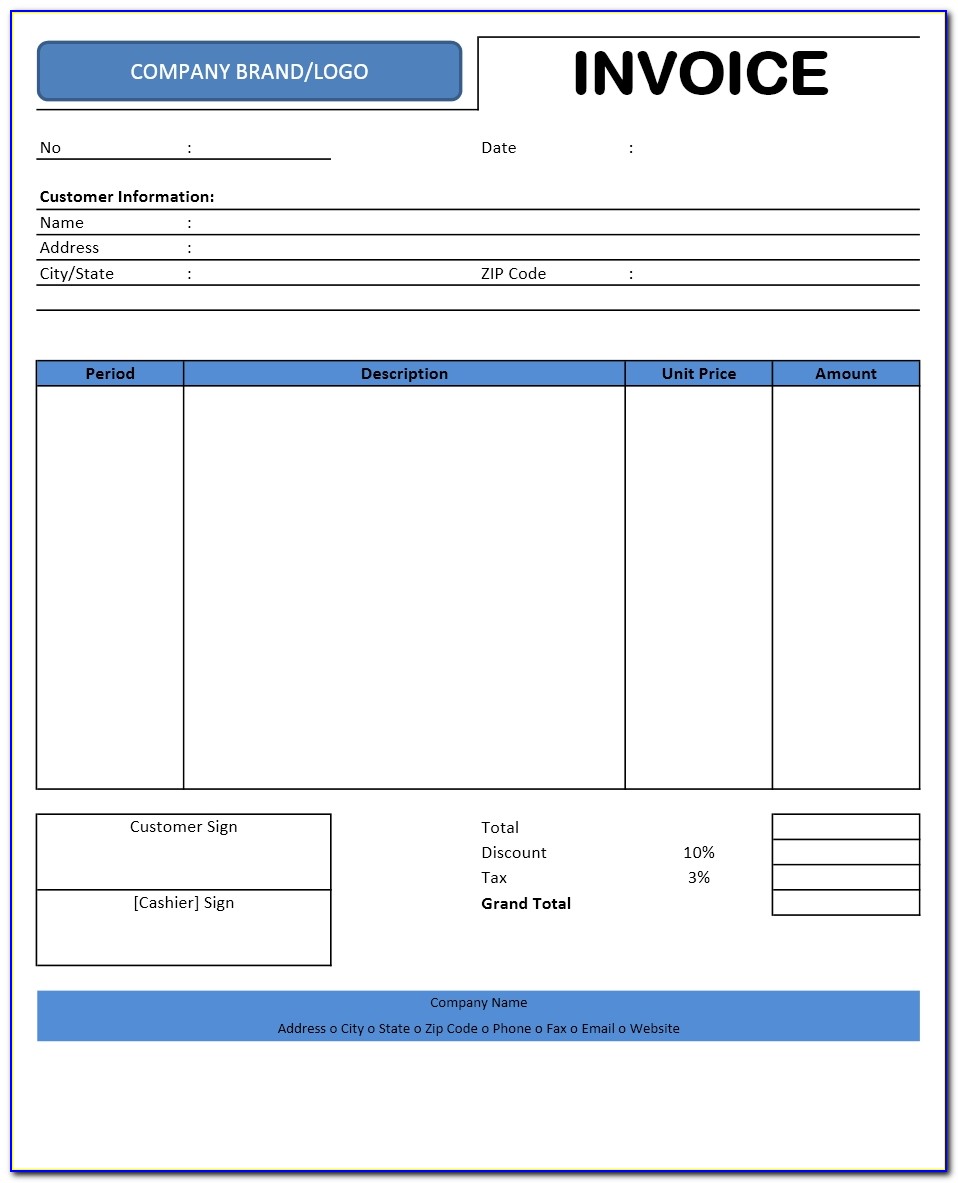
The bottom line is everything will just work, and you won’t even notice Rosetta. Not only do all of your Intel apps work fine with Rosetta, they are often even faster than running them on actual Intel Macs. It lets you run Intel applications that haven’t been optimized for M1 chips yet. M1 Macs come with a built-in “compatibility mode” called Rosetta. Many people are concerned about compatibility with their existing apps. It doesn’t even break a sweat with heavy email and web browsing, editing large documents, or running billing and accounting software. But as long as you’re not editing 4K video or rendering the next Pixar animated movie, you won’t notice or care.Ĭan the M1 chip do everything you need for your law firm? Absolutely. The only time they are slower is with high-end graphics processes. Just how fast is the M1 MacBook Air? We’ve been using it as a main development and design machine for over a year, and it feels even faster than our iMac Pros.

You’ll appreciate that if you’re in a meeting room or on a conference call. It has unheard of battery life, it’s incredibly fast, and it doesn’t even have a fan.

The MacBook Air is an insane value right now. For desktops, this means lower power costs. Like 12 or more hours of actual heavy usage. For laptops, that means longer lasting battery life. Not only are these computers blazing fast, they are also incredibly power efficient. Advantages of M1 MacsĪpple moving to their own in-house chips has brought some shocking advantages. Let’s just get this out of the way right up front: YES, the M1 Macs are a fantastic option for your law firm – with a couple of tiny caveats. How is the transition going, and are any of these Apple Silicon Macs a good fit for your law firm?
#TIMENET INVOICE TAGS MANUAL#
We’ve made updates to the user manual in the Payment Center and Accounting sections to reflect these changes, so be sure to take a look there to learn more.Īpple is moving full steam ahead with their transition away from Intel and onto their own custom chips: M1, M1 Pro, and M1 Max. When creating invoices, you can also have the automatic bookkeeper payments deposited into an account of your choice. You can also designate an account to be the default used for depositing client payments. Now, when making a payment in the Payment Center, or when creating a transaction in the Accounts window, you can automatically create a new entry in the other area. With the changes outlined above, we’ve made some improvements to how you can log transactions. You will need to make those changes in the Payment Center as well.

Changing or deleting these transactions will not affect client payments. You can edit them or delete them as you can any other transaction. Client payments will now show up as independent transactions in the account. TimeNet Law 4.3 introduces a new double entry system. These transactions appeared in the account and affected the balance, but they could not be edited or deleted. TimeNet Law used to allow you to link client payments in an account.

You’ll notice a refreshed UI, and a new settings option that lets you show or hide automatic accounts such as A/R and retainers. First, let’s talk about the Accounts window in general. Accounting in TimeNet Law 4.3 has some big new features.


 0 kommentar(er)
0 kommentar(er)
